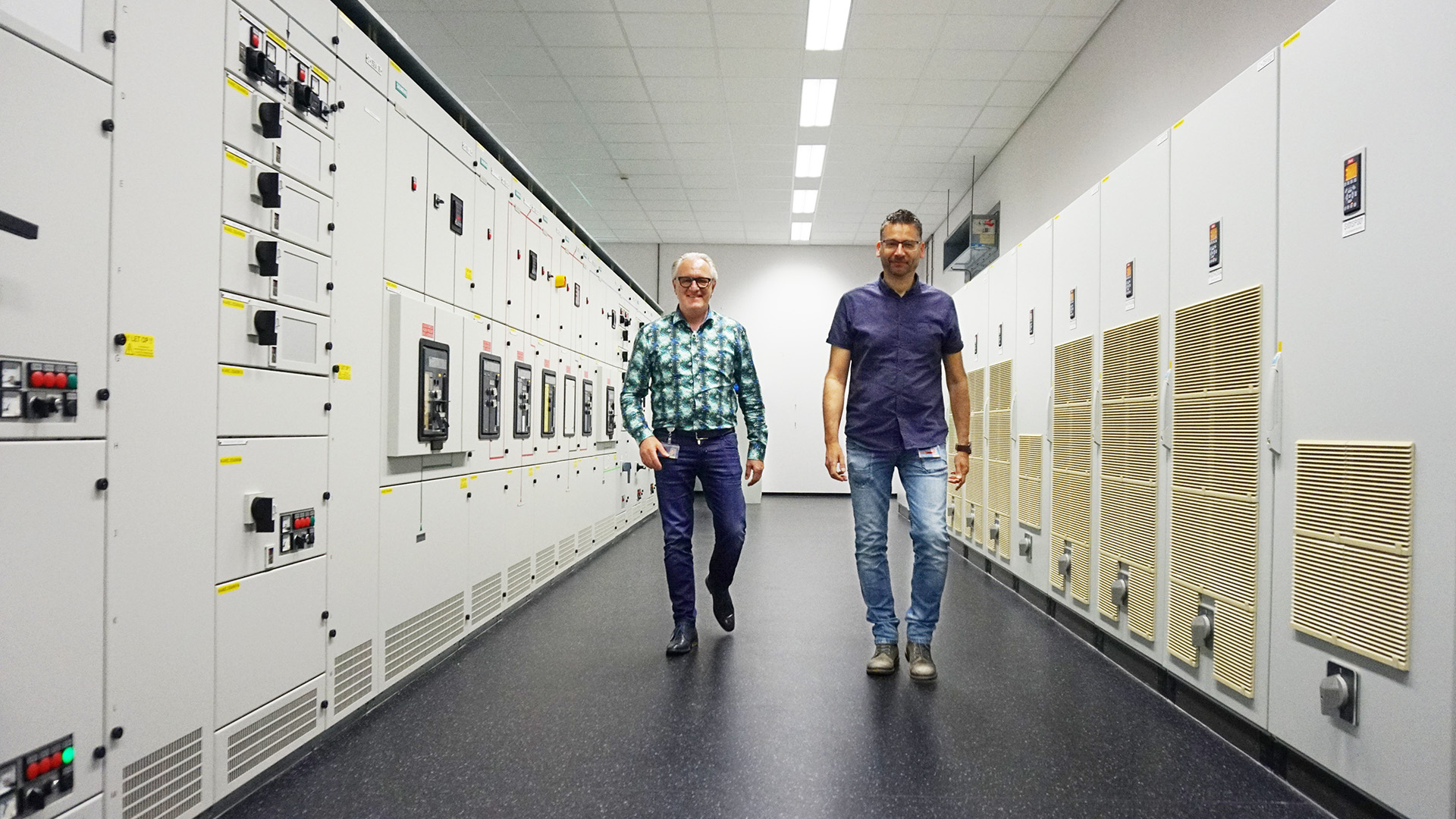WML water facility enhances their drinking water quality

Project facts
- ClientWaterleiding Maatschappij Limburg (WML)
- LocationLimburg, the Netherlands
- ChallengeOptimising water distribution and improving water quality.
- ImpactConstant optimisation, streamlined asset management and improved performance over 27 years.
- SolutionTwinn Aquasuite provides predictive analytics and autopilot for drinking water supplies.
The challenge
Optimising water distribution and improving water quality
WML has been at the forefront of using technology to optimise drinking water production and distribution – and has used Aquasuite since 1996.
Back then, it was looking to forecast demand accurately and then automate processes based on those forecasts. The aim was to ensure a resilient water supply at a consistent pressure for everyone, thereby guaranteeing fresh water from each customer’s tap. At the same time, WML also wanted to streamline processes to make life easier for operators.
The solution
Predictive analytics and autopilot for drinking water supply
Aquasuite, now under the Twinn brand, offered the ideal solution – a combination of predictive analytics and an autopilot for drinking water supply. Its production control algorithm determines the number of raw water wells and filters to switch on. As a result, water supply is automatically matched to demand, which provides a steady flow throughout the network – without operator intervention and with the minimum number of flow changes.
“It was a unique experience being the first company to integrate Aquasuite for drinking water supply back in 1996. People at both WML and Haskoning were very motivated in this project,” commented Philip Stollman, Process Automation System Administrator at WML.
With Aquasuite running constantly, low-level drinking water storage is predicted in advance, and the application has thus far never failed. So little optimisation of the production process is required.
The impact
Constant optimisation, streamlined asset management and improved performance
Aquasuite has helped improve water quality while reducing asset wear, malfunctions and water loss. At the start, people at WML were hesitant about the idea of allowing a computer to predict part of the water supply process, and felt that manually switching the wells ensured greater control. However, after experiencing the autopilot, they saw the benefits, including being free to focus on more tactical and strategic work instead of routine operational firefighting.
Aquasuite has also centralised control of the network, which has improved performance compared with the previous localised approach. All locations can be monitored remotely and easily compared, which has minimised the need for employees to be on site. People also have a full performance overview and can compare different locations via dashboards. It’s therefore easy to monitor assets and plan preventative maintenance to minimise disruption.
After 16 years of Aquasuite success, WML reduced 20 local autopilots to four centralized autopilots and upgraded its approach in 2012. This approach was a transition from an Aquasuite autopilot that switches filters and pumps to an updated Aquasuite algorithm that only predicts setpoints. Under the new approach, the PLC sends available storage, filter and pump capacity to the Aquasuite application so the autopilot knows exactly what setpoints to generate every 15 minutes. The new algorithm predicts demand in a specific area and the setpoints for treatment works and pumping stations for the coming 72 hours. This provides a key layer of resilience – if communication between the PLC and autopilot is interrupted, predictions are already stored.
13 years later, WML continues to benefit from the quality and reliability Aquasuite enables. “We have always been able to rely on Aquasuite. Problems such as low-level drinking water storage are predicted in advance, and the application has thus far never failed. We run Aquasuite constantly, so little optimisation of the production process is required. Aquasuite runs in a very stable way and it does what it needs to do – that’s what all our operators say,” Philip concluded.
Want to learn more about digital solutions for the water sector?
Contact our Water Technology experts